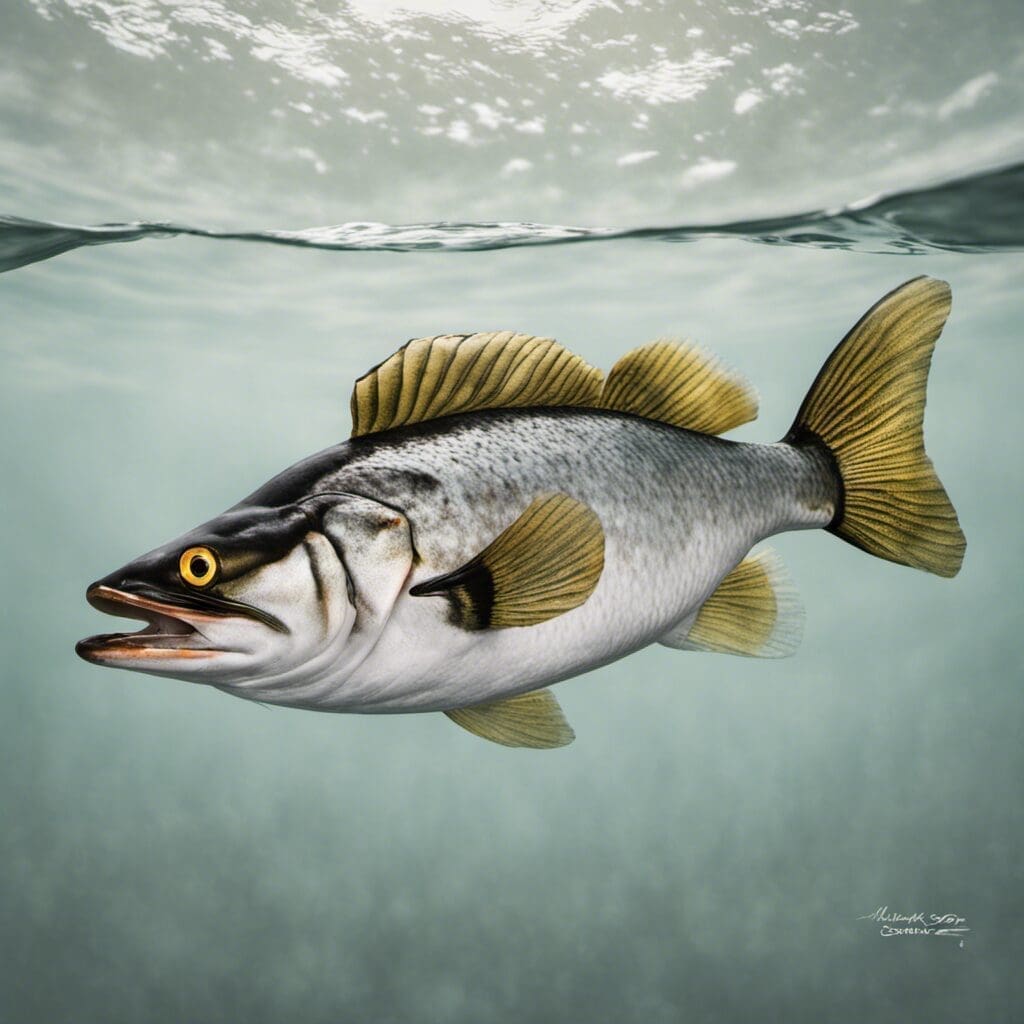Introduction
The Atlantic Goldeneye Tilefish, known scientifically as Lopholatilus chamaeleonticeps, belongs to the Malacanthidae family. This marine fish is renowned for its unique coloration and distinctive physique, making it stand out amongst other species in the deep-sea habitats it inhabits. Its common name comes from the golden spots that adorn its blue-green body.
Conservation Status
Currently, the International Union for Conservation of Nature (IUCN) lists the Atlantic Goldeneye Tilefish as “Least Concern”. This indicates that although the species faces some threats, it’s not currently endangered or vulnerable. Conservation efforts primarily focus on managing commercial fishing to prevent overexploitation.
Statistics
| Statistical Category | Average | Range |
|---|---|---|
| Length | 75 cm | 30-110 cm |
| Weight | 15 kg | 1-30 kg |
| Average Lifespan | 35-50 years | N/A |
Distribution
The Atlantic Goldeneye Tilefish is native to the western Atlantic Ocean, spanning from Nova Scotia to Suriname and the Gulf of Mexico. They exhibit no significant migratory patterns.
Habitats
This species lives in a marine environment, specifically in waters ranging from moderately deep to very deep (180-460 meters depth). They prefer water temperatures between 8°C and 12°C.
When and Where to See
Atlantic Goldeneye Tilefish can be observed throughout the year. They’re more active during the day, making daytime the optimal period to observe or catch them.
Fishing Locations and Tips
- George’s Bank, USA
- Offshore Virginia, USA
- Gulf of Mexico, USA
- Sable Island, Canada
- Suriname, South America
When it comes to locating the species in unfamiliar territories, it’s recommended to focus on deep, cold waters with muddy or sandy bottoms, as these are their preferred habitats.
How to Catch
The best methods for catching an Atlantic Goldeneye Tilefish include bottom fishing and trawling. Preferred bait includes clams, squid, and crab. The most productive fishing times coincide with their peak activity times during the day.
Identification Guide
The Atlantic Goldeneye Tilefish is distinct in its bright iridescent blue-green body adorned with golden spots. It has meats of white flesh with absolutely no bones, making it highly sought after for culinary purposes. Notably, it has a crest-like dorsal fin that sets it apart from similar species.
Culinary Use
The Atlantic Goldeneye Tilefish is a delicacy in many cultures due to its sweet and mild taste. It’s typically grilled, baked, or pan-seared. High in protein and omega-3 fatty acids, it’s not only delicious but also nutritionally beneficial.
Additional Information
These fish are benthic feeders, predominantly consuming invertebrates found in the seafloor sediments. Predators include larger fish and marine mammals. The biggest threat to their population is overfishing.
References and Further Reading
For additional information, consider these sources:
- FishBase
- Oceana
- IUCN Red List

